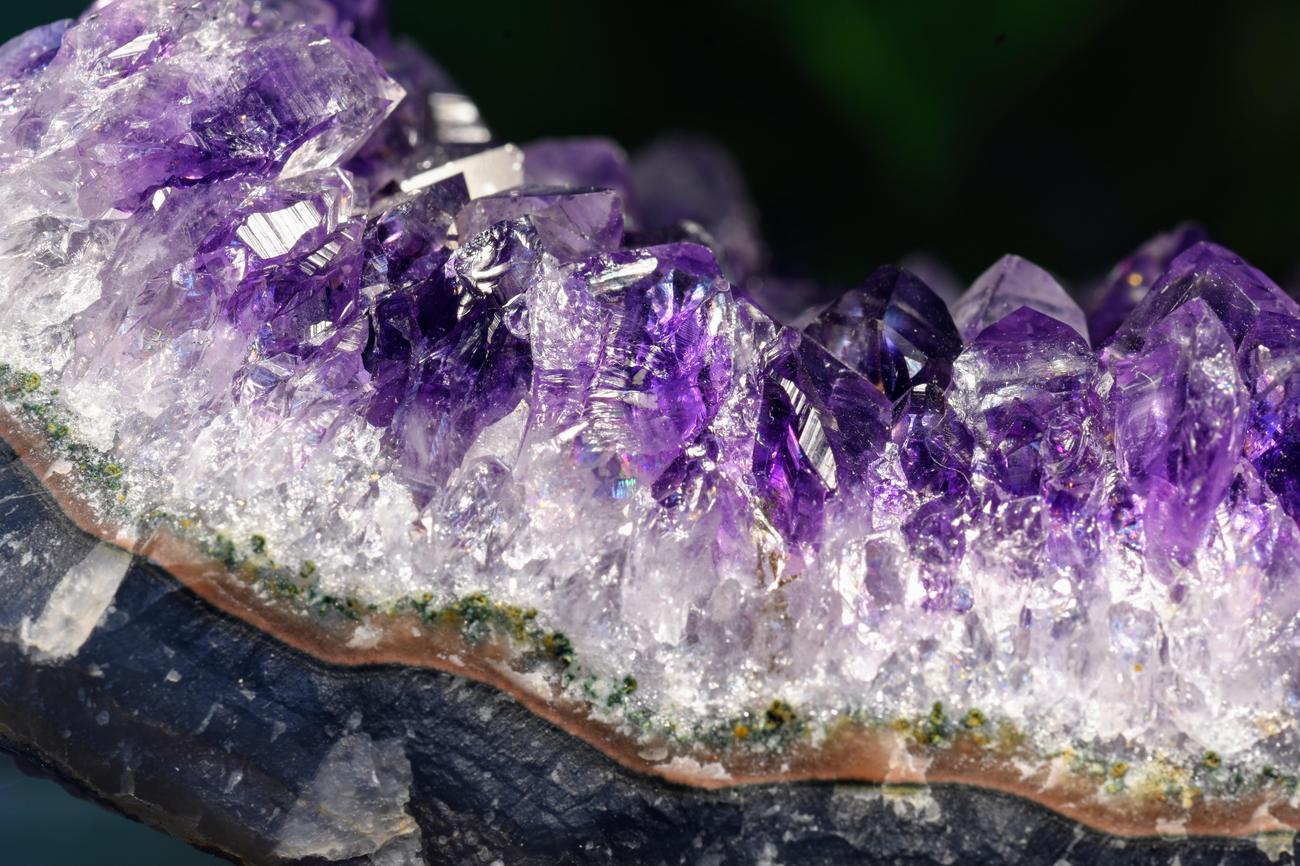Welcome to the enchanting world of sapphires, where hidden mysteries and captivating secrets lie. In this article, we embark on a journey to unveil the enigmatic origins of these mesmerizing gemstones. As a seasoned gemologist with over a decade of experience, I have delved deep into the depths of geological processes to unravel the lesser-known stories behind sapphires. Prepare to be awed as we dive into the rich history and explore the unique locations where these treasured blue gems first emerged. Brace yourself for a captivating revelation as we unearth the hidden origins of sapphires.

Hidden Origins of Sapphires
When it comes to sapphires, there is more than meets the eye. These exquisite gemstones have a rich history and intriguing origins that often go unnoticed. In this article, we will delve into the hidden origins of sapphires, taking you on a journey through time and unearthing the secrets behind these mesmerizing blue gems.
The Pan-African Gem Belt: A Collison of Tectonic Plates
To truly understand the origins of sapphires, we must first travel back in time to a period of intense geological activity. Around 300 million years ago, tectonic plates carrying fragments of the ancient super-continent Gondwana collided, giving birth to what is now known as the Madagascar-Tanzania Gem Belt. This geologically significant event led to the formation of sapphire deposits in the region, giving rise to the captivating blue gemstones we know today.
The collision of tectonic plates during the Pan-African mountain building event formed the Madagascar-Tanzania Gem Belt, where sapphires originate from.
The Isle of Gem Stones: Sri Lanka’s Sapphire Deposits
One end of the gem belt holds a place of immense significance in the world of sapphires – Sri Lanka, often referred to as the “Isle of Gem Stones.” This enchanting island is home to abundant sapphire deposits, where skilled gemologists have been uncovering these hidden treasures for centuries. Sri Lanka’s sapphires, with their distinct color and allure, have captivated the hearts of gemstone enthusiasts around the globe.
Sri Lanka, also known as the “Isle of Gem Stones,” holds a prominent position in the origins of sapphires, particularly blue sapphires.
Unraveling the Mystery: Determining Sapphire Origins
When it comes to sapphires, especially the prized blue ones, revealing their origins can be a challenging task for gemological laboratories. It requires meticulous analysis of inclusions, trace element chemistry, and spectroscopic data. Gemologists use these tools to unravel the intricate geological processes that occurred millions of years ago, ultimately pinpointing the exact location where a sapphire originated.
Uncovering the hidden origins of sapphires is no small feat for gemological laboratories. Extensive analysis of inclusions, trace elements, and spectroscopic data plays a crucial role in determining their birthplaces.
A Tapestry of History: Myths and Associations
Sapphires have a storied past that dates back to ancient times. Mythologies and associations with ancient Greeks, Romans, Persians, and Hindu stories have woven a tapestry of rich history around these exquisite stones. The allure and beauty of sapphires have enchanted civilizations throughout the ages, making them a symbol of power, wisdom, and protection.
Sapphires have an ancient and captivating history, intertwined with the mythologies and cultures of various civilizations across the world.
Royal Connections: Sapphires and the British Crown
Sapphires continue to hold a special place in the hearts of royalty. The British Royal Family, in particular, has a deep affinity for these captivating gemstones. Notable examples include the dazzling sapphires adorning the Crown Jewels and Princess Diana’s iconic engagement ring. Through their regal associations, sapphires have become a symbol of elegance and sophistication.
Sapphires have long been cherished by the British Royal Family, with their presence showcased in stunning pieces like the Crown Jewels and Princess Diana’s famous engagement ring.
A Kaleidoscope of Colors: Sapphire’s Diversity
While blue sapphires are the most sought-after variety, sapphires come in a spectrum of colors. From vibrant pinks to enchanting yellows, each hue tells a unique story of its own. This diversity, attributed to trace elements present during their formation, makes sapphires even more captivating and alluring to gemstone enthusiasts worldwide.
Sapphire’s charm lies in their vivid range of colors, extending beyond the classic blue to a kaleidoscope of hues, each encompassing its own beauty and character.
Unveiling the Mysteries: Geographical Origins
The geographical origin of a sapphire adds an element of mystique and wonder to its allure. From the depths of Sri Lanka’s gem-rich soil to the rugged terrains of Madagascar, each location holds its own stories and secrets. The journey of a sapphire from deep within the Earth to adorning a piece of jewelry is veiled in mystery, captivating the imagination and fueling the desire to uncover its hidden origins.
The geographical origins of sapphires contribute to their allure, as they carry with them stories and mysteries shaped by the unique environments in which they were formed.
In conclusion, exploring the hidden origins of sapphires unravels a world filled with geological wonders, historical narratives, and natural beauty. From the collision of tectonic plates to the myths and legends surrounding these captivating gemstones, sapphires continue to delight and intrigue us. So the next time you hold a sapphire in your hand, remember that its journey started millions of years ago, hidden deep within the Earth’s embrace, waiting to be discovered and cherished for generations to come.
Sapphires have long been associated with royalty and luxury. But did you know there are some cool facts about sapphires that you might not be aware of? From their vibrant colors to their unique composition, sapphires are truly fascinating gems. If you’re curious to learn more, click here to discover some cool facts about sapphires: cool facts about sapphires.

FAQ
Q: What is the geological significance of the Madagascar-Tanzania Gem Belt?
A: The Madagascar-Tanzania Gem Belt is formed as a result of tectonic plates carrying pieces of the ancient super-continent Gondwana colliding for 300 million years during the Pan-African mountain building event. This collision resulted in the formation of this gem belt, which encompasses sapphire deposits in Sri Lanka, famously known as the “Isle of Gem Stones”.
Q: How are the origins of sapphires determined?
A: Determining the origins of sapphires, especially blue sapphires, is a challenging task for gemological laboratories. It requires careful analysis of inclusions, trace element chemistry, and spectroscopic data to identify the distinct geological processes that give rise to these prized gemstones.
Q: What is the historical significance of sapphires?
A: The history and lore of sapphires date back to ancient times, with associations to ancient Greeks, Romans, Persians, and even Hindu mythology. These gemstones have captivated civilizations throughout history, symbolizing royalty, wisdom, and divine blessings.
Q: Are there any notable associations of sapphires with modern royalty?
A: Sapphires have long been associated with the British Royal Family. Notable examples include the Crown Jewels and Princess Diana’s engagement ring, which featured a stunning blue sapphire center stone. These royal associations add to the allure and prestige of these magnificent gemstones.
Q: What range of colors can sapphires come in?
A: Sapphires are a variety of corundum and can come in a range of colors beyond the classic blue. They can be found in hues of purple, yellow, pink, and more. The diverse color palette of sapphires contributes to their beauty and makes each stone unique.












